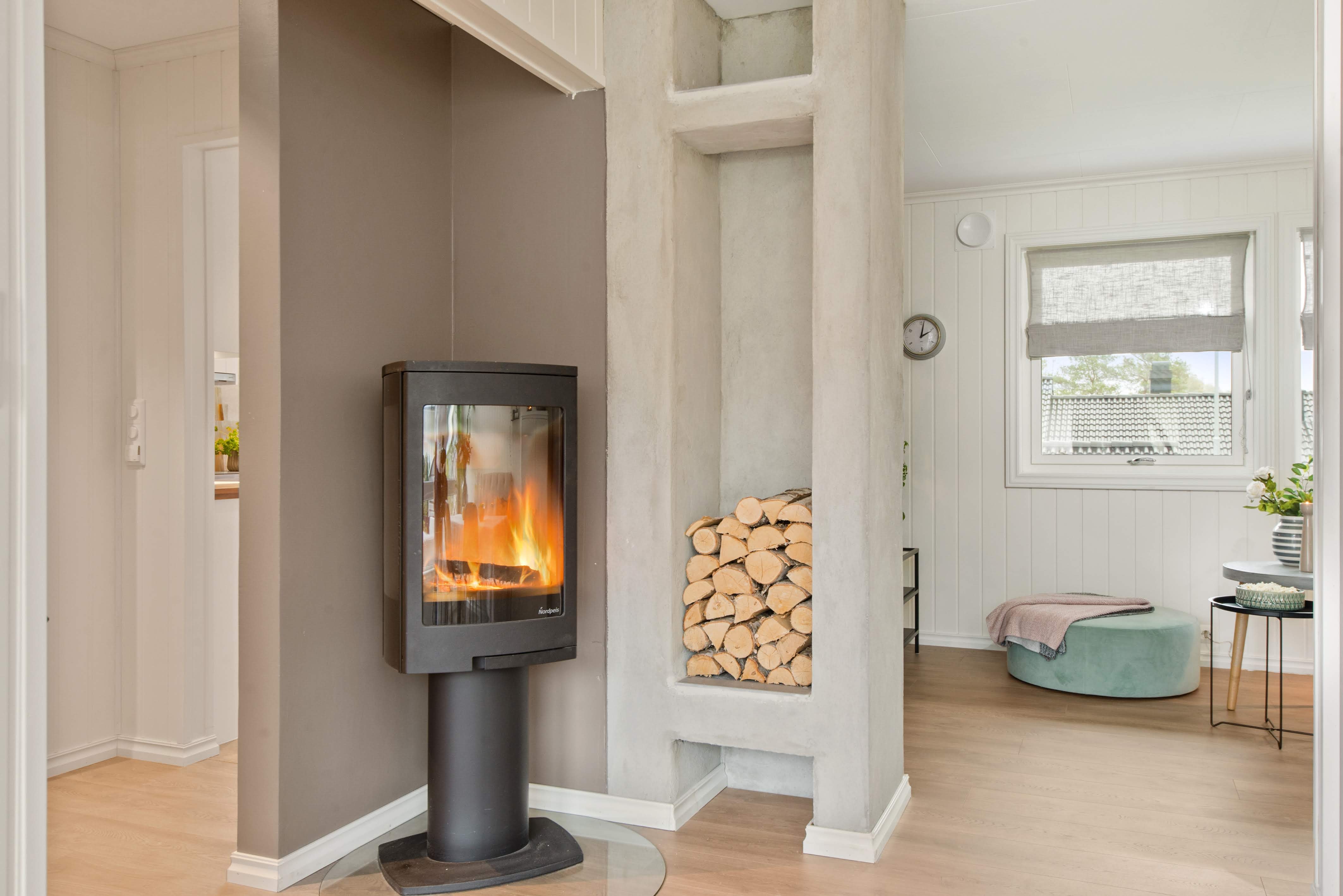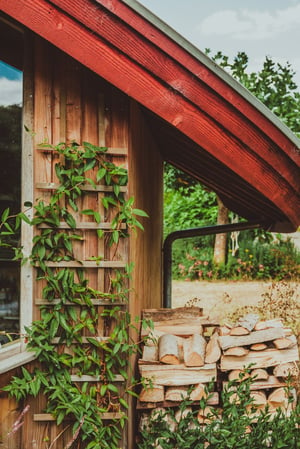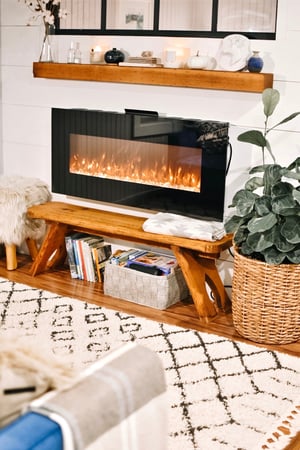
Winter is in full swing and it’s never too late for homeowners to get their properties ready to handle more wet and stormy weather to come. Here's a list of the common areas around your home to inspect and take care of over the weekend so that your property is well prepared inside and out for the rest of the winter season.
Rooftop and gutter spot checks
The most obvious area to check before the heavy rains hit is the roof. Loose tiles or roof sheets can be very dangerous in the high winds which we tend to get with our winter rains. This can end up causing a leak and eventually water damage, they can blow off and cause damage to other parts of your or your neighbours’ property. Check to make sure that these tiles are firm and repair or replace them if necessary.
Gutters are also important to check, playing a vital role in directing water away from foundations and other structures that could be damaged. Clean out any leaf litter or debris that has collected and fix any leaky joints, sagging sections, or wobbly downpipes. Also, check your stormwater channels and curbside drains to make sure they’re unobstructed. The last thing you want is rainwater collecting and causing flood damage to your property or that of a neighbour.
Keeping outdoor accessories safe
High winds, heavy rains, and hail can easily damage expensive outdoor accessories. Consider storing your outdoor furniture and accessories indoors or undercover. Alternatively, consider getting waterproof covers that tie on securely for patio furniture, and tuck lighter items in a sheltered section of your garden so they don’t get knocked over or blown away.
Indoor insulation
If your home isn’t properly insulated, you have to keep adding heat if you want it to stay warm and that can be an expensive operation with the price of electricity these days.
The two main areas responsible for heat leakage are ceilings and openings like windows and doors. Check windows and doors for cracks or gaps. Windows and doors can be insulated using adhesive foam strips – readily available at your local hardware store – to block any draughts coming through gaps in the frames. Door draught excluders are also available for exterior doors that don’t seal tightly against their sills. When it comes to ceiling insulation, there are several types of ceiling insulation available on the market. Make sure to check the thermal resistance value, or R-value, of your chosen product to ensure it’s appropriate for your home and climate.
Create a cosy atmosphere indoors
One of the delights during winter is curling up on that cosy couch or lazing in a corner trying to warm up in the winter sun. Pamper yourself with soft, comfortable textiles and textures to use around the house. Invest in textured winter throws and scatter pillows for the bedrooms and lounge area. Velvet, wool, cashmere, and (faux) fur being the options of choice to channel warmth and texture into a room. If you have tiled flooring in these areas, consider choosing rugs that fit the existing style and color scheme of your home.
Curtains are also effective when it comes to warming up your home naturally. Leave your curtains or blinds wide open to make the most of the warmth during the day and close them again as soon as the sun goes down to trap that heat inside. Create a warm relaxed atmosphere inside with different kinds of lighting, try lamps, scented candles, or look for bulbs with warmer tones for overhead lighting to give a warmer overall cast to a room.
Make sure your property is well prepared for the rest of the winter season.